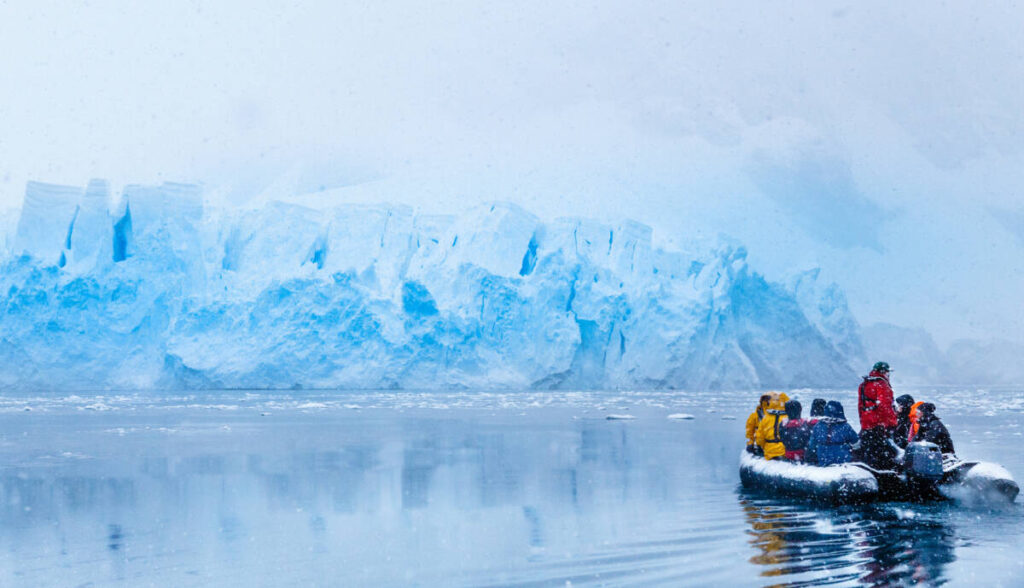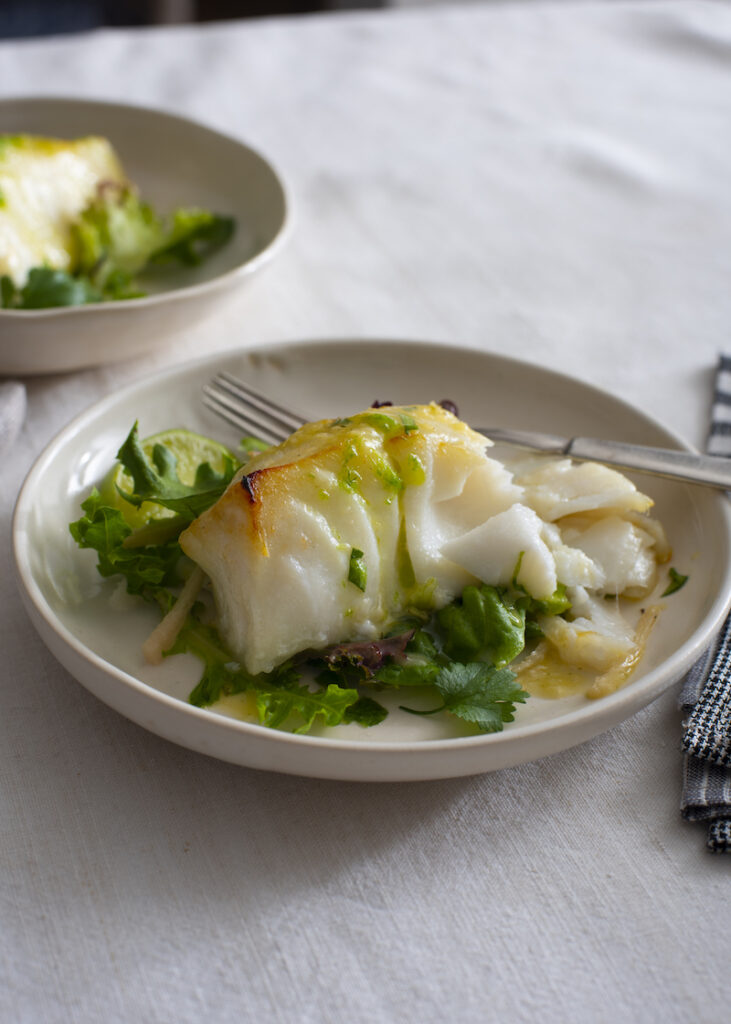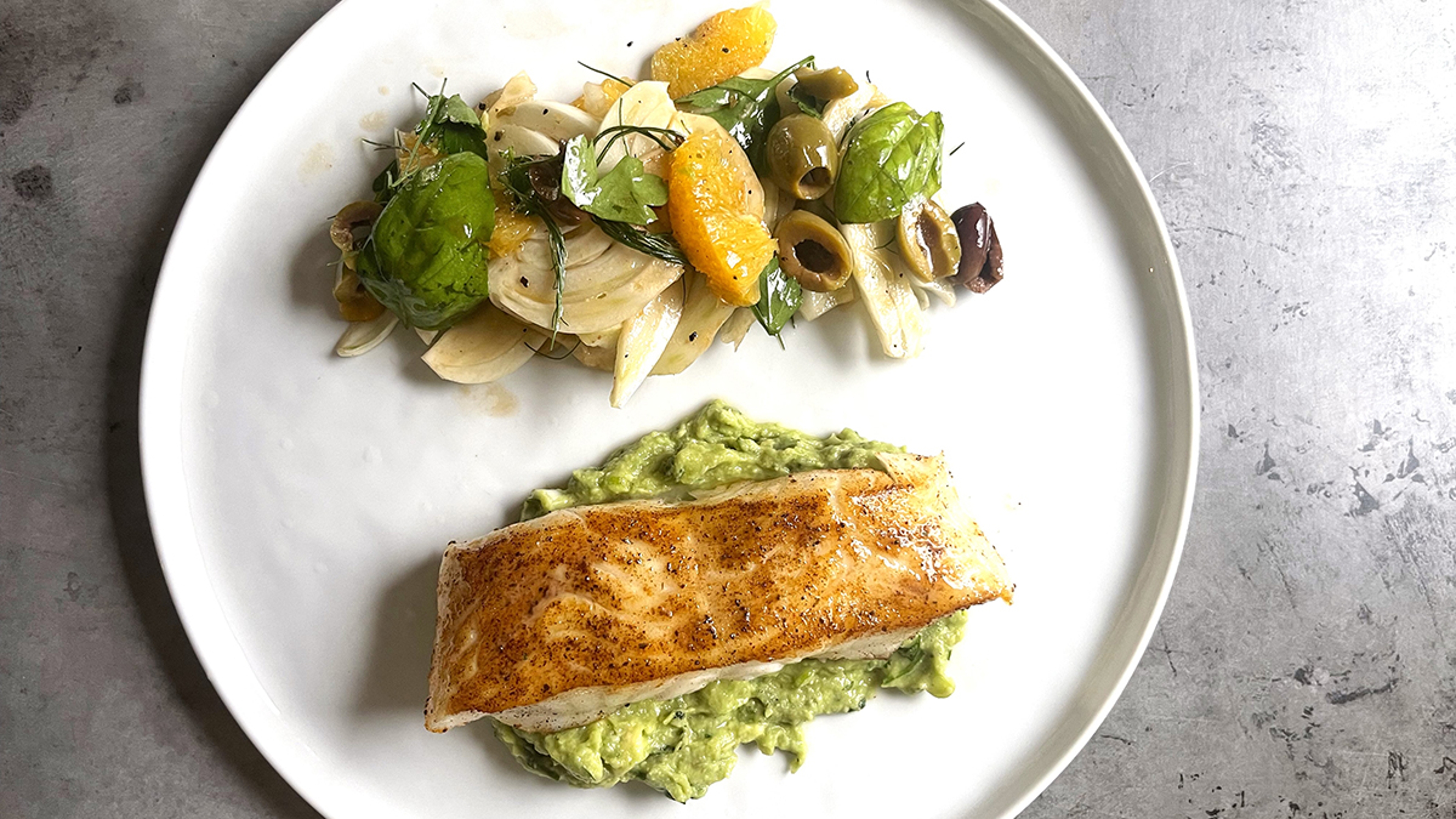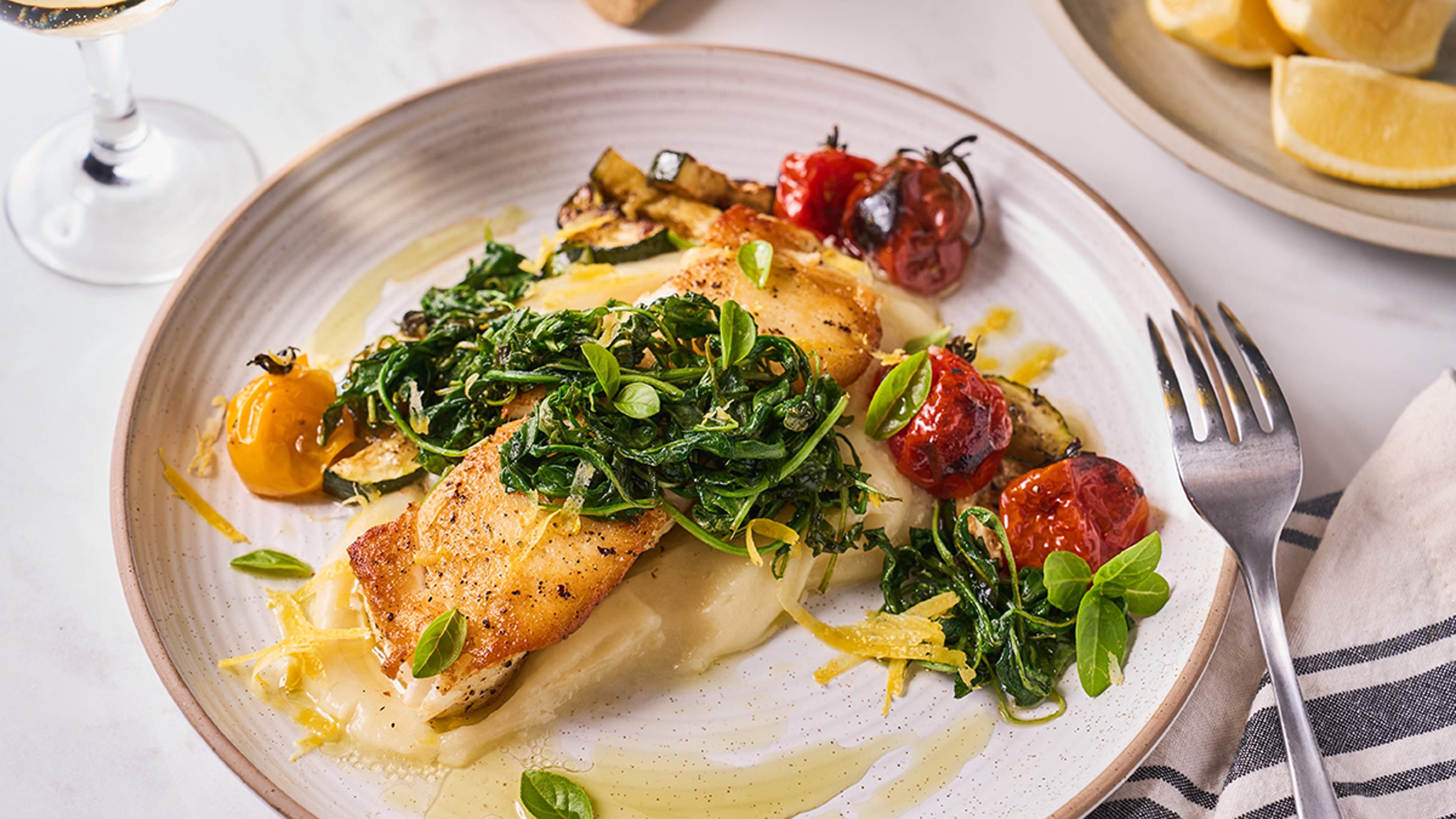How to Cook Chilean Seabass, the Richest Fish
There's a reason this buttery fish tops the menu at the nation's leading seafood restaurants.
Jul 29, 2024
What's the most sought-after fish in the world? For roughly 20 years, Chilean seabass has been the prize fish on the menus of the world's top seafood restaurants.
A large species of whitefish that are caught in deep, cold waters near Antarctica, they are prized by seafood lovers for their rich taste and tender meat. Chilean seabass are perfect for pan-searing or grilling.
The name “Chilean seabass" is actually a clever bit of marketing. These fish are not true bass, and while they are sometimes found near the southern tip of Chile, Chilean seabass can be found throughout the frigid waters of the Antarctic Ocean.

Their true name is actually "toothfish." And there are two kinds you might find marketed as Chilean seabass: Patagonian toothfish and Antarctic toothfish. These sister species are quite similar. Both are protein-rich, tasty options, but Antarctic toothfish are typically found further south than Patagonian toothfish, and don't grow quite as large.
Chilean seabass habitat and lifecycle
Chilean seabass spend much of their lives in deep waters up to 3,000 feet below the ocean surface, like in the Antarctic's deep Ross Sea. Temperatures there average just a few degrees above freezing.
That's one reason for their abundant fat stores, which contain high quantities of omega-3 fatty acids. These also lend them their tender, melt-in-the-mouth textures and rich, succulent flavors.
These deep-dwelling Antarctic fish can live up to 50 years, and take more than a decade to reach sexual maturity. During spawning season, Chilean seabass will move closer to the surface to mate. Their eggs hatch close to the surface. Their offspring stick close to the seafloor as they grow, gradually moving into deeper and deeper waters as they grow larger.
Chilean seabass are the largest fish in the Antarctic Ocean, weighing as much as 400 pounds and measuring up to seven feet in length. Their natural predators are few, but include sperm whales, southern elephant seals, and colossal squid. Adult Chilean seabass are also one of the few fish in their family (Nototheniidae) to be neutrally buoyant. That means they can stay suspended in the water without expending any energy.
Fishing (sustainably) for Chilean seabass
Most Chilean seabass are caught using longline fishing techniques. Fishers attach multiple hooks at intervals to a long fishing lines. Convention for the Conservation of Antarctic Marine Living Resources (CCAMLR) overseas the catch, regulating both catch size and fishing techniques.

For example, Chilean seabass fishers must use weighted longlines that sink quickly, can't set hooks during the daytime, and observe seasonal closures during the chick-rearing seasons of some vulnerable bird populations. These steps help reduce the amount of bycatch and safeguard populations of other creatures.
Look for Chilean seabass that are certified sustainable by the Marine Stewardship Council (MSC). This standard of approval means the fish were harvested using sustainable means from healthy fisheries, like the Ross Sea where Vital Choice sources its Chilean seabass from.
Chilean seabass are an excellent source of protein, as well as the omega-3s our bodies need to maintain brain health, heart health, and more.
One six-ounce serving of Chilean seabass has more than 5,000 mg of omega-3 fatty acids, making it among the richest sources on the planet. The fish are also good sources of selenium and vitamin B12.
How to cook Chilean seabass
These firm, flaky fish are a top choice for chefs looking for a mild-but-savory grilled fillet or an option for a mouth-watering marinade.
Rich and moist, a Chilean seabass delivers a nearly unrivaled sensory experience, and stands up well to the high heat of a grill or frying pan.
It doesn't take much for these choice fillets to shine. Try pan-searing Chilean seabass on your stovetop with some butter, freshly-minced garlic, lemon and salt and pepper to taste. Simple flavors are best, and serve to enhance the already-tasty flavors of these delicacies.
And have we mentioned...romance?
This delicious entree featuring our favorite rebranded toothy fish, is the perfect way to show someone you care.
In short, Chilean seabass provides the ultimate in luxurious seafood experiences. And you needn't venture to the Antarctic, or brave those fearsome teeth, to give it a try.







